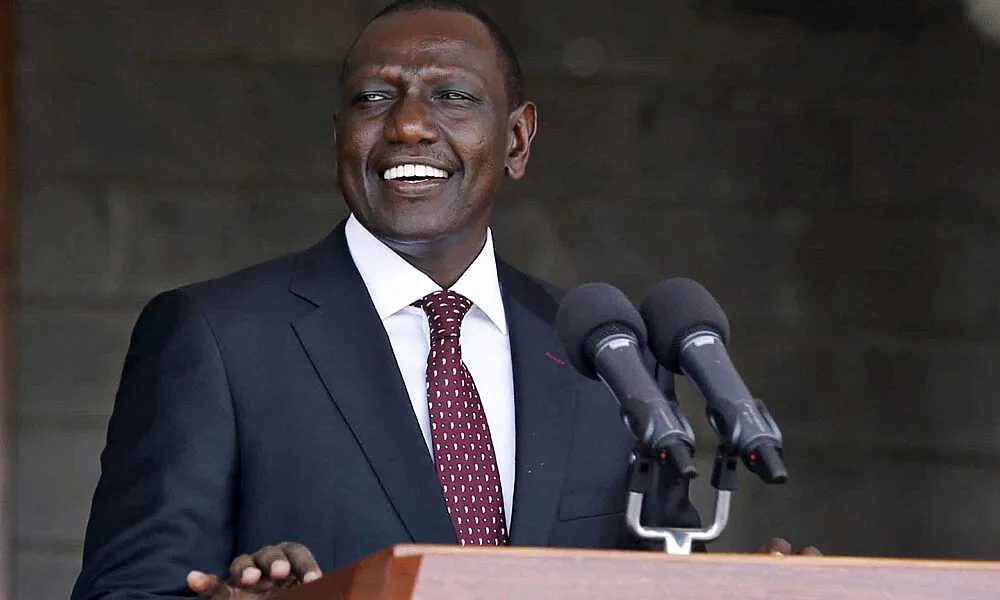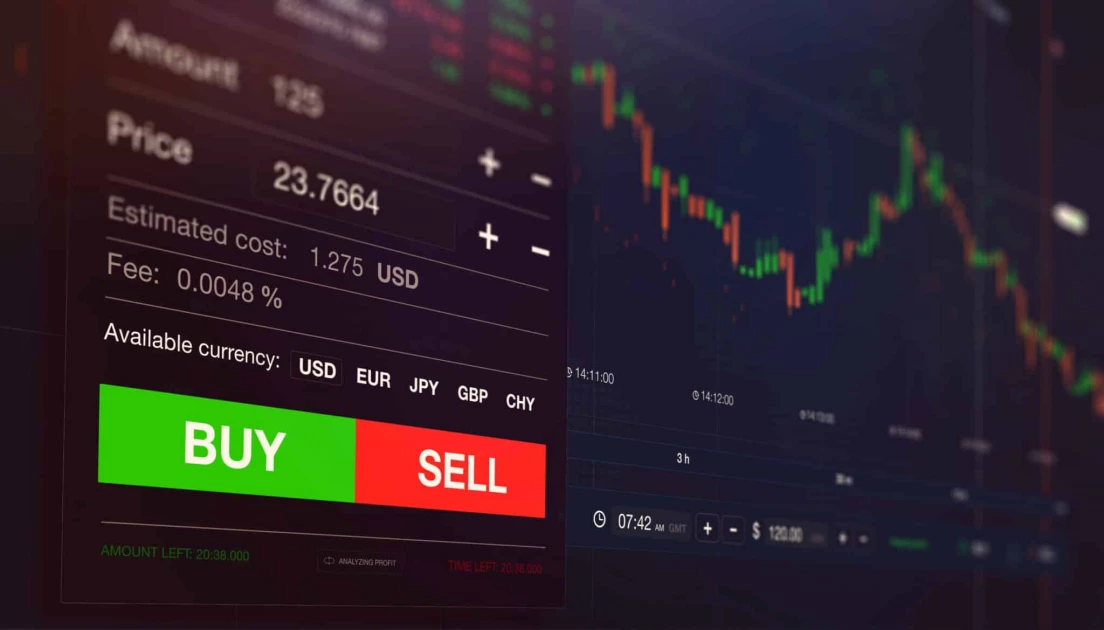Kenya is on track to become East Africa’s largest economy in 2025, overtaking long‑time regional leader Ethiopia, according to the latest International Monetary Fund projections. While Ethiopia’s GDP is forecast at about $117 billion next year, Kenya’s output is expected to reach roughly $132 billion. This shift reflects contrasting policy decisions, financing strategies and economic resilience in two of the region’s most populous nations, and it marks a turning point in East Africa’s economic hierarchy.
From Railways to Financial Markets: A Tale of Two Strategies
Ethiopia’s climbing GDP over the past decade was driven by massive infrastructure projects: the Addis Ababa–Djibouti railway, electrification of rural towns, and the vast Grand Ethiopian Renaissance Dam aimed at becoming the continent’s largest hydropower source. Yet those very investments helped amplify foreign‑exchange shortages as repayment schedules loomed, and escalating conflict in the north disrupted supply chains and agricultural production.
In contrast, Kenya pursued a more diversified approach. Rather than over‑leveraging for headline megaprojects, it combined targeted infrastructure upgrades—new roads, port deepening at Mombasa and expansion of the Standard Gauge Railway to Naivasha—with steady improvements in the business environment. These measures, along with a strong services sector, have underpinned more stable foreign‑exchange inflows and steadier growth in per‑capita income.
Currency Strength and Capital Markets
One dramatic illustration of Kenya’s resilience was the shilling’s performance in 2024. Contrary to many emerging‑market peers, the Kenyan currency appreciated by around 21 percent against the U.S. dollar, making it the world’s best‑performing currency that year. The rally was fueled by three main pillars:
Eurobond Success
Kenya tapped global debt markets in mid‑2024 with a $1.5 billion Eurobond issuance. Investors embraced the paper at a reasonable coupon, reflecting confidence in Kenya’s public‑debt management and its ability to service foreign‑currency obligations. The bond proceeds helped replenish reserves and fund development projects without immediate pressure on the budget.
Diaspora Remittances
Kenyan expatriates worldwide sent home nearly $5 billion last year—an all‑time high. These remittances now account for over 3 percent of GDP, sustaining household consumption, funding small businesses and bolstering the forex market. Deregulation of money‑transfer corridors and partnerships with mobile‑money platforms made these inflows faster, cheaper and more transparent.
Export Diversification
Kenya’s agricultural and manufacturing exports both registered strong gains. Tea and horticultural produce fetched record prices overseas thanks to expanded market access and improved cold‑chain logistics. Meanwhile, growth in textiles, leather footwear and processed foods—spurred by new special economic zones—helped broaden the export base beyond traditional staples.
These factors combined to lift Kenya’s nominal GDP more rapidly in U.S.‑dollar terms than Ethiopia’s, whose birr devaluation in mid‑2024 shrank its GDP when converted to dollars, even as it unlocked new IMF and World Bank financing.
The Finance Bill Fallout and Policy Continuity
Kenya’s macroeconomic story was not without domestic turbulence. In mid‑2024, the government introduced a Finance Bill proposing higher taxes on fuel, mobile transactions, and personal income to bridge a budget shortfall and unlock a $3.6 billion IMF program. Public protests erupted nationwide, leading the administration to withdraw the bill, abandon the original IMF deal, and reconsider its fiscal strategy.
In early 2025, a recalibrated Finance Bill was tabled, focusing on narrower revenue measures—closing loopholes, enhancing tax compliance, and modestly raising certain levies—while capping the fiscal deficit at a sustainable level. Simultaneously, talks with IMF staff resumed, with both sides eyeing a smaller immediate disbursement to support social‑safety nets and key infrastructure, conditional on transparent progress reporting. Investors have watched these developments closely; although the withdrawal of the original program dented confidence, the government’s willingness to engage and adjust demonstrated policy flexibility.
Ethiopia’s Devaluation and Its Aftermath
Ethiopia opted for a sharp birr devaluation—more than 55 percent—in July 2024, a precondition for a four‑year Extended Credit Facility from the IMF worth $3.4 billion, and to unlock around $16.6 billion in World Bank and AfDB commitments. The move eased foreign‑exchange rationing, allowed more imports of critical inputs, and signaled deeper market reforms.
Yet the immediate cost was a surge in inflation, which climbed above 40 percent as food and fuel prices soared. Rural households, already vulnerable to drought and localized conflict, bore the brunt of rising living costs. Meanwhile, Ethiopia’s security challenges in Tigray and elsewhere hindered agricultural output and displaced millions. Although the government has redoubled efforts to restore peace and attract private investment, uncertainty remains high.
Sectoral Comparisons: Agriculture, Manufacturing and Energy
Agriculture: Ethiopia’s vast arable land—second only to Nigeria in Africa—still produces two‑thirds of its GDP, but conflict and drought have clipped harvests. In Kenya, smallholder farmers shifted toward higher‑value crops like avocados and cut flowers, supported by extension services and digital platforms linking them to urban markets and abroad.
Manufacturing: Kenya’s assembly plants for automobiles, textiles and processed foods benefited from duty incentives and supply‑chain reforms; Ethiopia’s industrial parks, though promising, have yet to achieve the critical mass needed to lure large multinational factories.
Energy: Ethiopia’s flagship hydropower project, the Renaissance Dam, promises a long‑term export edge, but delays and regional tensions have slowed full commissioning. Kenya leads in geothermal energy—nearly 1 000 MW installed—with plans for new wells in the Rift Valley and stronger regional power‑pool interconnectivity.
Faces Behind the Numbers
To truly appreciate this economic transition, consider the tea smallholders around Kericho Hills in western Kenya. Mrs. Jemimah Chepng’eno, a widow of five, used to struggle to send her children to school on the meager proceeds from selling bulk tea leaves at rock‑bottom prices. But with higher auction rates last year—propelled by global demand for Kenyan tea—and access to a mobile‑money platform that cuts out middlemen, her monthly income doubled. She renovated her home shingles and hired a local seamstress to stitch uniforms for her children—a direct reflection of macro‑level gains turning into tangible life improvements.
In Addis Ababa, young entrepreneur Dawit Bekele launched a solar‑power startup after the birr devaluation made imported components costlier. He now partners with local installers to serve peri‑urban districts that suffer frequent blackouts. Although inflation squeezed his margins, his long‑term contracts with international NGOs have provided a revenue anchor, illustrating Ethiopia’s entrepreneurial response to economic stress.
Regional Implications and Integration
Kenya’s impending economic ascension will reshuffle regional dynamics. As the East African Community’s largest economy, Nairobi will wield greater influence in setting common external tariffs, negotiating trade agreements and financing regional public goods—roads, railways and power lines—that underpin deeper market integration.
The African Continental Free Trade Area, launched in 2021, offers both countries a broader platform to leverage complementarities: Kenyan logistics firms could help Ethiopian manufacturers reach markets from Lagos to Cairo, while Ethiopian agricultural inputs—seeds and fertilizers—could boost Kenya’s commercial farms. Success hinges on coordinated customs reforms, streamlined cross‑border procedures and joint infrastructure planning.
Outlook and Risks Ahead
While the IMF projects Kenya’s GDP lead to solidify in 2025, both economies face headwinds:
Global Trade Slowdown: A dip in world growth to around 2.8 percent strains export‑led recovery.
Debt Sustainability: Kenya’s external‑debt ratios are modest compared to peers, but continued Eurobond issuance will require prudent use of proceeds and credible repayment plans.
Climate Vulnerability: Both nations remain highly exposed to droughts and floods; investments in irrigation, water management and climate‑smart agriculture will be critical.
Political Stability: Kenya’s ability to manage public discontent over taxes—and Ethiopia’s progress toward lasting peace—will shape investor sentiment and consumer confidence.
Conclusion: A New Chapter for East Africa
If current trends hold, Kenya’s rise above Ethiopia in nominal GDP terms will be more than a statistic; it will symbolize the dividends of diversified growth, policy agility and inclusive reforms. For Kenya, the challenge will be translating headline numbers into widespread prosperity—expanding education, health care and infrastructure to match its new economic stature. For Ethiopia, navigating its reform path while healing social wounds and restoring price stability will determine whether it can reclaim the growth mantle.
In the coming decade, East Africa’s story will be written not only in GDP figures, but in the quality of life improvements for farmers like Mrs. Chepng’eno, entrepreneurs like Dawit, and millions of citizens seeking jobs, opportunity and security. As Kenya and Ethiopia chart their distinct courses, their shared future will hinge on cooperation, sound governance and the resilience of their people.
Ready to take your career to the next level? Join our dynamic courses: ACCA, HESI A2, ATI TEAS 7 , HESI EXIT , NCLEX – RN and NCLEX – PN, Financial Literacy!🌟 Dive into a world of opportunities and empower yourself for success. Explore more at Serrari Ed and start your exciting journey today! ✨
photo source: Google
By: Montel Kamau
Serrari Financial Analyst
7th May, 2025
Article, Financial and News Disclaimer
The Value of a Financial Advisor
While this article offers valuable insights, it is essential to recognize that personal finance can be highly complex and unique to each individual. A financial advisor provides professional expertise and personalized guidance to help you make well-informed decisions tailored to your specific circumstances and goals.
Beyond offering knowledge, a financial advisor serves as a trusted partner to help you stay disciplined, avoid common pitfalls, and remain focused on your long-term objectives. Their perspective and experience can complement your own efforts, enhancing your financial well-being and ensuring a more confident approach to managing your finances.
Disclaimer: This article is for informational purposes only and does not constitute financial advice. Readers are encouraged to consult a licensed financial advisor to obtain guidance specific to their financial situation.
Article and News Disclaimer
The information provided on www.serrarigroup.com is for general informational purposes only. While we strive to keep the information up to date and accurate, we make no representations or warranties of any kind, express or implied, about the completeness, accuracy, reliability, suitability, or availability with respect to the website or the information, products, services, or related graphics contained on the website for any purpose. Any reliance you place on such information is therefore strictly at your own risk.
www.serrarigroup.com is not responsible for any errors or omissions, or for the results obtained from the use of this information. All information on the website is provided on an as-is basis, with no guarantee of completeness, accuracy, timeliness, or of the results obtained from the use of this information, and without warranty of any kind, express or implied, including but not limited to warranties of performance, merchantability, and fitness for a particular purpose.
In no event will www.serrarigroup.com be liable to you or anyone else for any decision made or action taken in reliance on the information provided on the website or for any consequential, special, or similar damages, even if advised of the possibility of such damages.
The articles, news, and information presented on www.serrarigroup.com reflect the opinions of the respective authors and contributors and do not necessarily represent the views of the website or its management. Any views or opinions expressed are solely those of the individual authors and do not represent the website's views or opinions as a whole.
The content on www.serrarigroup.com may include links to external websites, which are provided for convenience and informational purposes only. We have no control over the nature, content, and availability of those sites. The inclusion of any links does not necessarily imply a recommendation or endorsement of the views expressed within them.
Every effort is made to keep the website up and running smoothly. However, www.serrarigroup.com takes no responsibility for, and will not be liable for, the website being temporarily unavailable due to technical issues beyond our control.
Please note that laws, regulations, and information can change rapidly, and we advise you to conduct further research and seek professional advice when necessary.
By using www.serrarigroup.com, you agree to this disclaimer and its terms. If you do not agree with this disclaimer, please do not use the website.
www.serrarigroup.com, reserves the right to update, modify, or remove any part of this disclaimer without prior notice. It is your responsibility to review this disclaimer periodically for changes.
Serrari Group 2025





